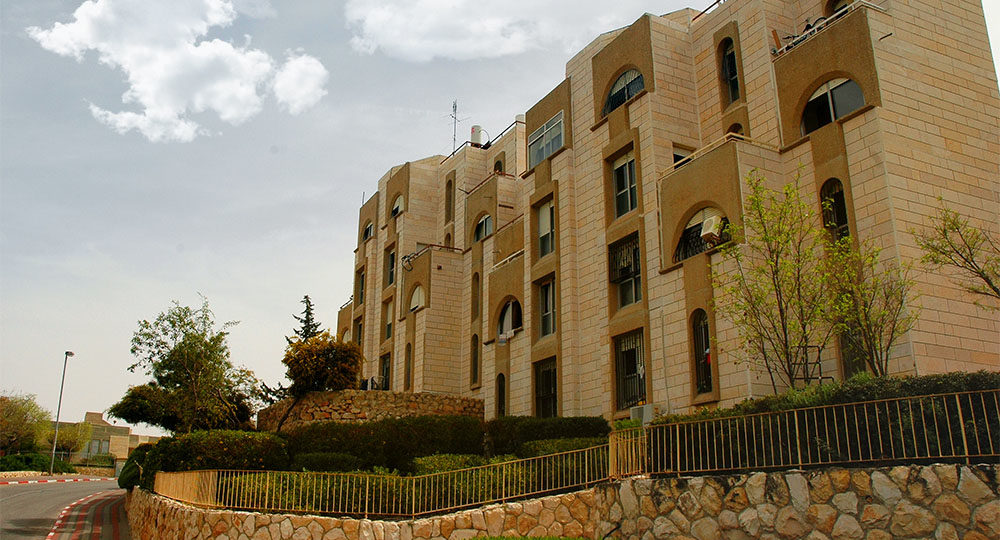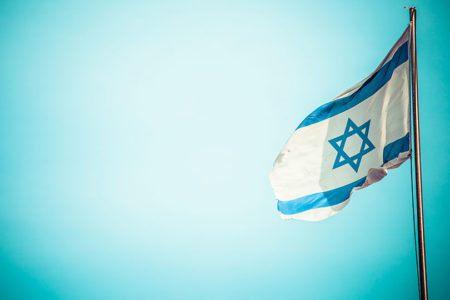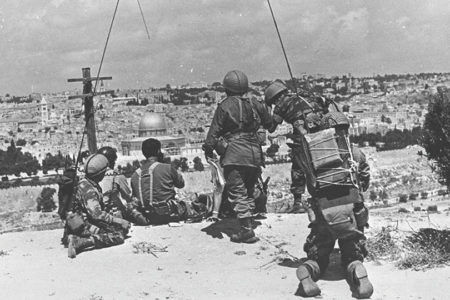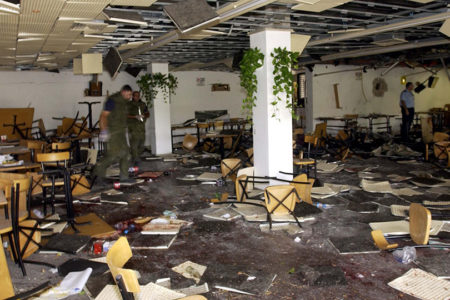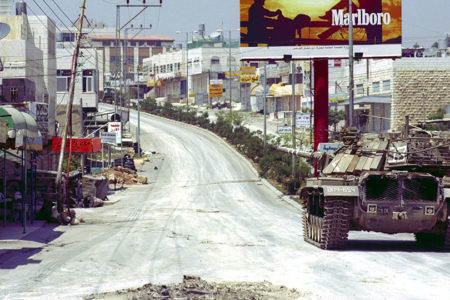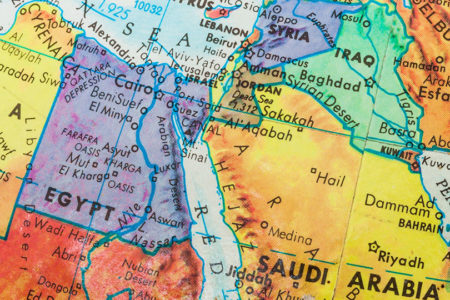What Are the ‘Occupied Territories’?
Israel acquired the “occupied,” or, more accurately, disputed territories during the 1967 Six-Day War. They are Judea/Samaria (West Bank) and the Gaza Strip. In 1981 Israel annexed the Golan Heights, also acquired in 1967. According to the Oslo Peace Accords, the disputed territories’ final status is yet to be negotiated.
Judea/Samaria (West Bank)
Never have Judea and Samaria been considered separate from the historic land of Israel. However, the 1947 UN Partition Plan designated them to be part of a second Palestinian-Arab state (Jordan being the first). Because the Arabs rejected the Partition and attacked Israel in 1948, temporary armistice lines were drawn in 1949 pending a permanent peace between Israel and Jordan. In 1950 Jordan annexed Judea/Samaria. Jordan coined the phrase West Bank. When Jordan attacked Israel in 1967, the 1949 armistice lines became null and void.
Jewish people have always lived in Judea/Samaria, except between 1948 and 1967 when Jordan ruled and expelled all Jews. The area includes East Jerusalem, where the Wailing Wall is located.
Gaza Strip
The Gaza Strip, like Judea/ Samaria, was originally designated for a Jewish homeland but was partitioned to the Arabs by the UN. In the War of Independence in 1948, Egypt got control of the Strip. It came under Jewish authority following the 1967 Six-Day War.
After that war, Jewish people voluntarily began to move back to their ancient homeland in Judea/Samaria. They also moved to the Gaza Strip, much of which was empty because, of about 2,400 square miles, only 26 percent is arable. Yet they worked the land and made it prosper.
Many of the Jewish communities in the disputed territories existed for years prior to 1948 and were reestablished after 1967. Others were new. None of the settlements displaced Arabs. In fact, they all were built on land that was (1) a previous Jewish site, (2) not owned by a private party, or (3) purchased from established owners. When public land was involved, it was investigated to make sure there were no private owners.
Most strategists consider the settlements a necessary buffer in time of war. Nevertheless, to aid the “peace process,” the government has put a freeze on establishing new settlements. There are 144 settlements in Judea/Samaria and Gaza, with a Jewish population of about 130,000.
The Golan Heights
The 459 square miles of the Golan Heights comprise one of the most strategically important areas to Israel. Rising up from 400 to 1,700 feet, the Heights overlook the Huleh Valley, Israel’s richest agricultural land. In the northern part of the Golan is Mount Hermon, where Israel has an early-warning radar system. The region also provides some of the headwaters for Lake Kinneret (Sea of Galilee), one of Israel’s main water sources.
From 1948 to 1967, Syria used the Golan almost exclusively as a military outpost from which it bombarded northern Israel nearly constantly for 19 years. Syria also permitted terrorists to infiltrate Israel from there, resulting in 140 Israeli deaths and scores of injuries. Israeli families commonly lived in underground bunkers, huddling for protection. Israel repeatedly tried diplomacy to stop the aggression, but to no avail.
At the outset of the 1967 Six-Day War, Syria used the Golan to shell the Galilee below. Israel suffered extensive casualties in storming the Golan, but the sacrifices helped to provide an important security buffer for the rest of the country. In fact, when Syria again attacked Israel in 1973, the Golan Heights significantly prevented Syria’s advancement.
After the Six-Day War, Israelis began to resettle the Golan. Prior to the war, few Arabs lived there. Those who did fled during the conflict. Four Druze villages remained and today have a population of about 17,000.
Under Syrian rule, the area was neglected and barren. The Israelis have farmed the land and made it productive. Today it has 5,000 acres of field crops and 4,000 acres of orchards. Thirty-five thousand tons of flowers are produced there each year. It has livestock, pasturelands, and even tourist areas. There are 33 Israeli settlements there, with a combined population of 18,000.
Syria continues to demand the Golan be returned before peace is even discussed. Israeli law demands that if any part of the Golan is ceded to Syria, the action must be approved through a national referendum.
